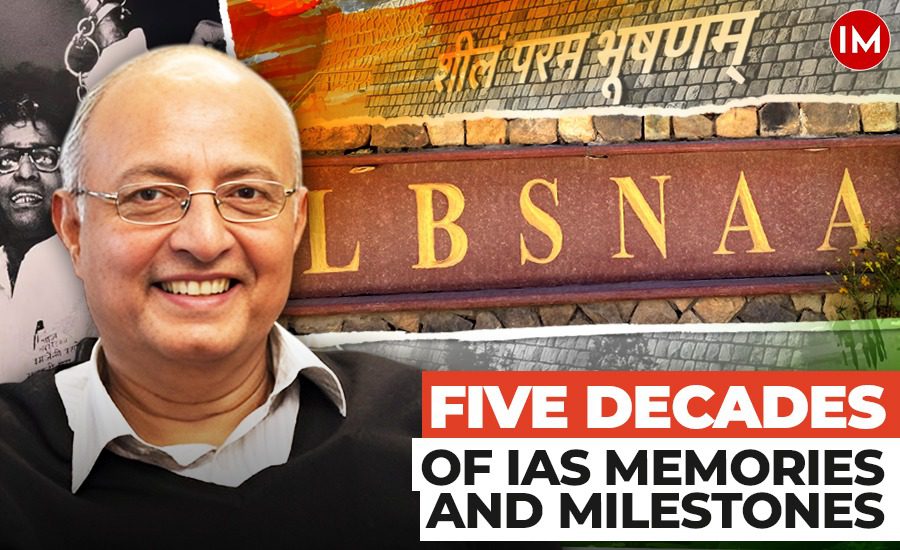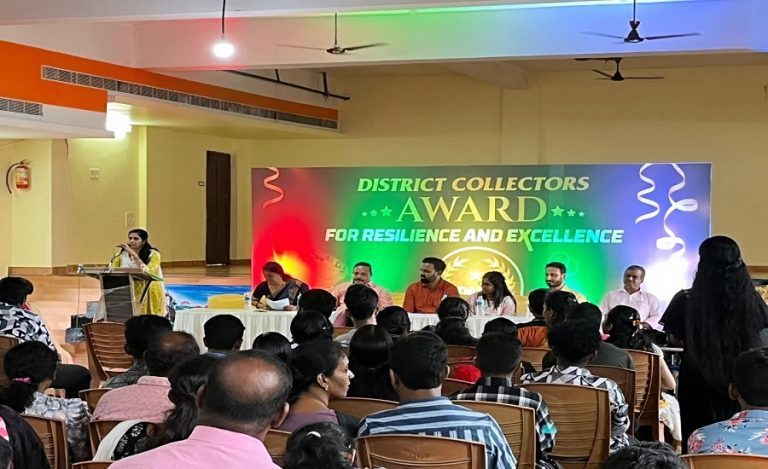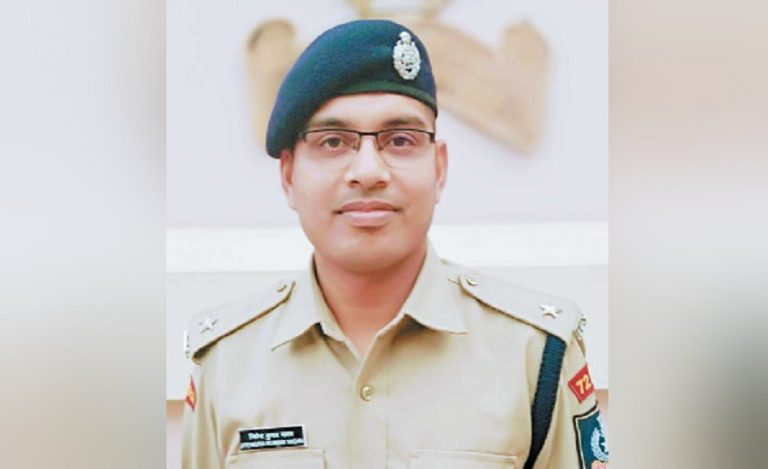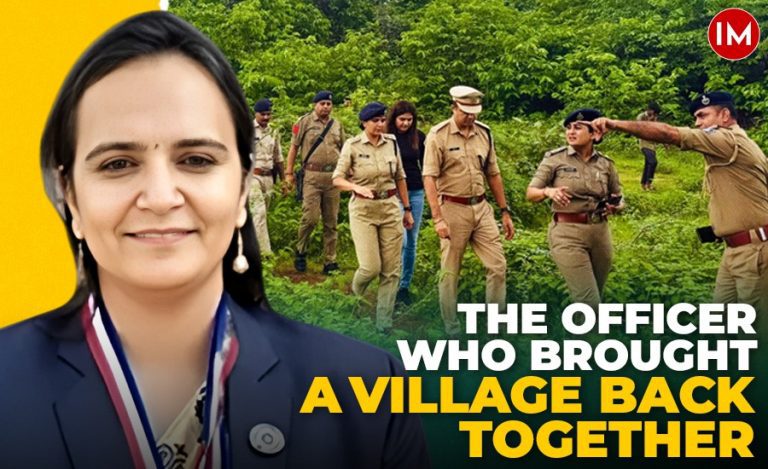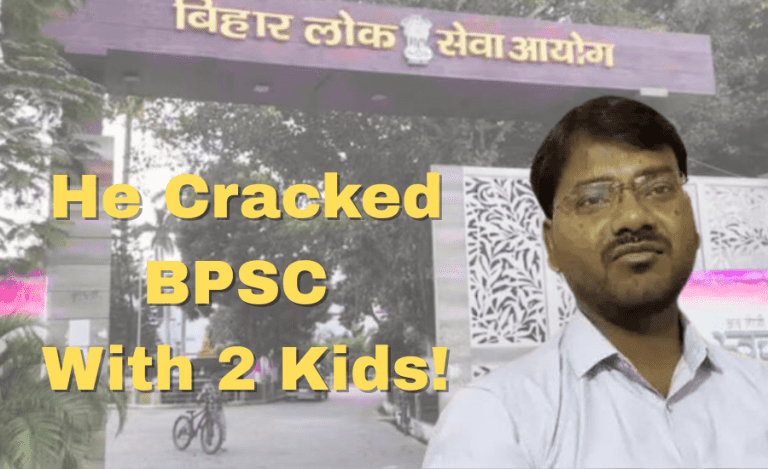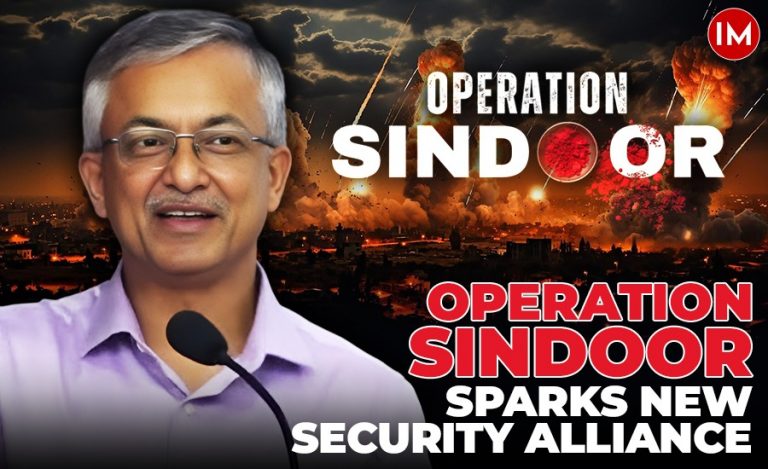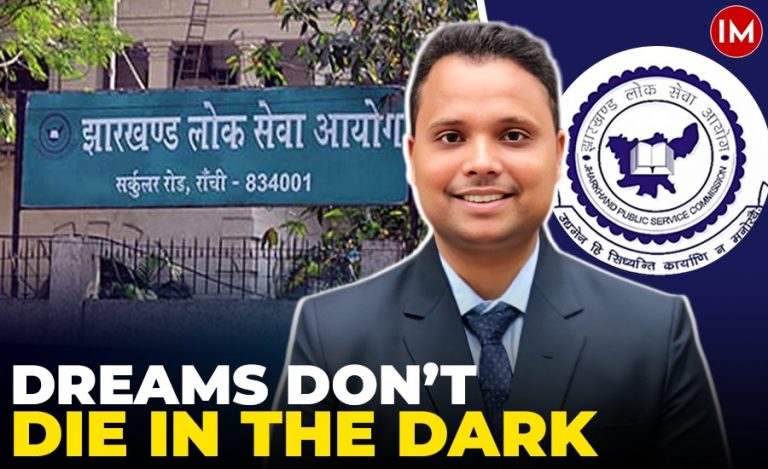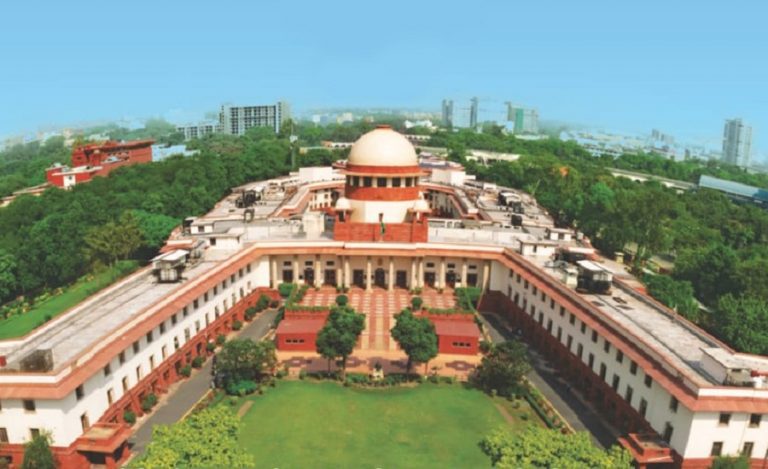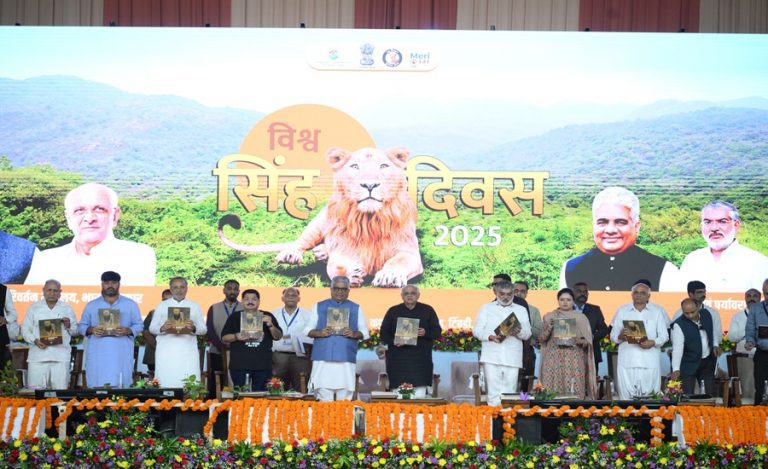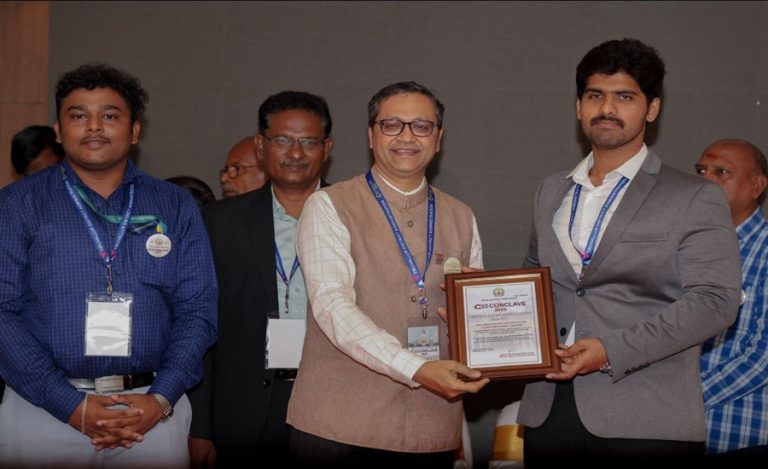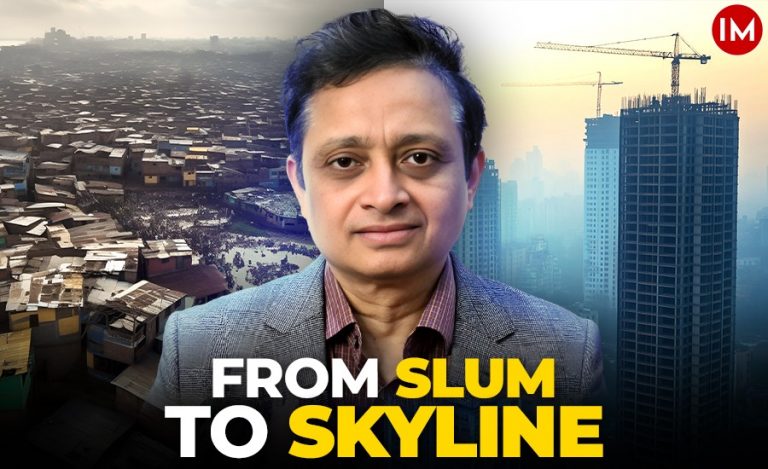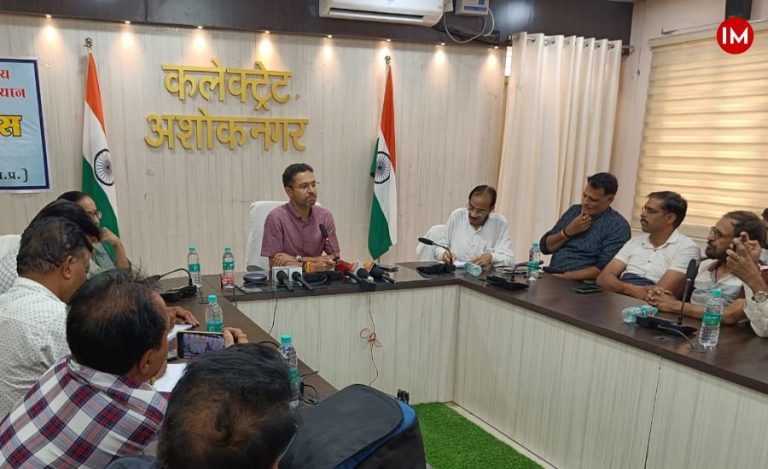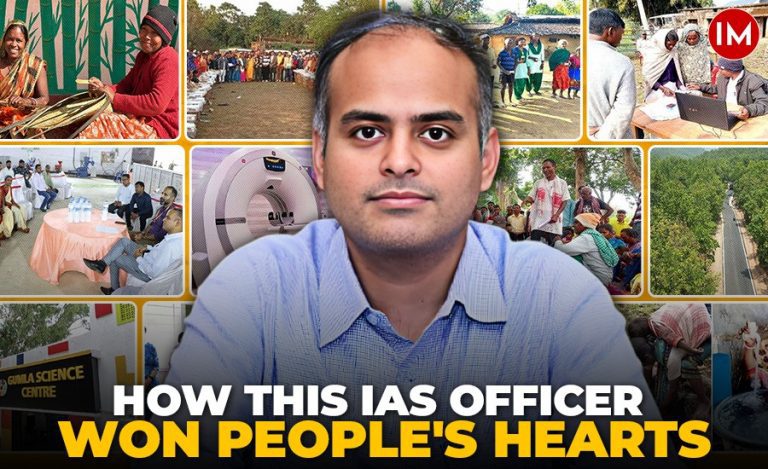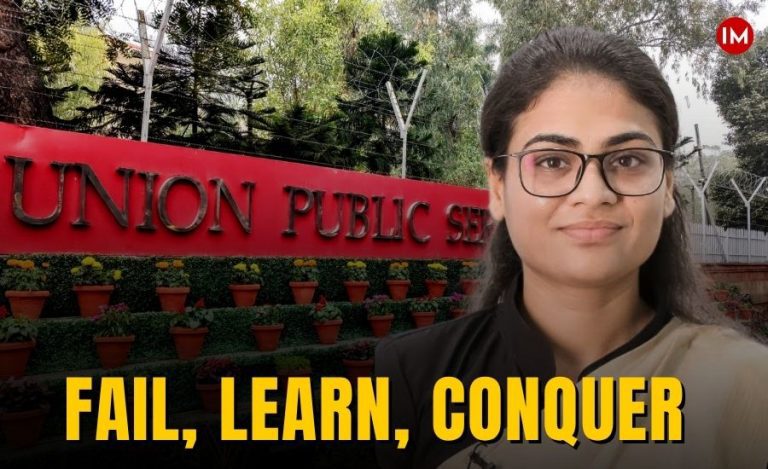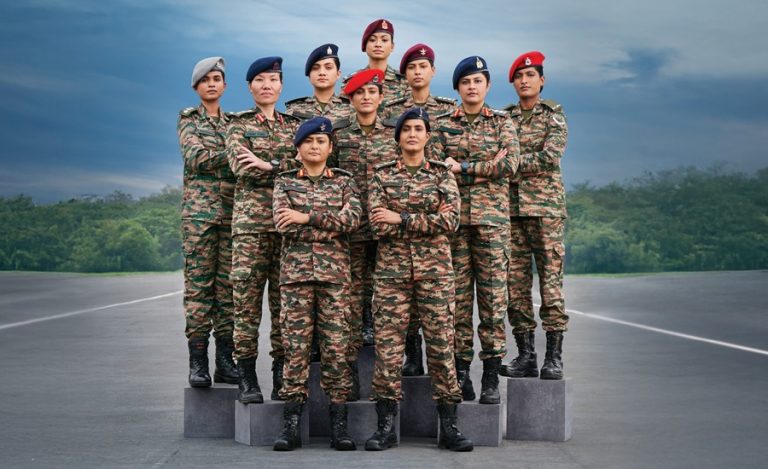It was the best of times for us, making the cut into the IAS; it was perhaps the worst of times for India since independence.
We had been preparing for the UPSC examination during a most turbulent phase of our political history, and we joined the service on July 13, 1975, the Emergency having been proclaimed barely three weeks ago on account of the prevailing ‘internal disturbances.’ While we were enjoying the newly found freedom in the hills of Mussoorie, it took us time to realise fully the despair that engulfed the nation.
However, for us in our early to mid-twenties, life was full of hope when we boarded the Doon Express from Howrah and made ourselves comfortable on non-AC sleeper berths. There were about half a dozen of us in the train, largely unknown to each other, impatient to reach Mussoorie on the appointed date. Immediately after the joining formalities had concluded, a few of us were asked by Mr. V. Chari, Deputy Director, to rehearse for the Academy Song, to be rendered in chorus. The original Bengali number by the renowned composer, lyricist, and singer, Atul Prasad Sen (1871-1934) of Lucknow, was shortened and slightly modified with the refrain translated in Hindi, Marathi, and Tamil as well, to give it an all-India character. This popular and patriotic song celebrated our unity in diversity, called for action and courage, and instilled hope in the future of Bharat and faith in God, which stood for the idea of India, and hence was an appropriate choice for its premier civil services.
Personally speaking, I was fortunate to have spent two spells at the Lal Bahadur Shastri National Academy of Administration, first as a probationer for about a year during 1975-77 (barring the district training phase) and later as a member of the directing faculty during 1987-90. There were many perceptible changes in the Academy during this period. India started making rapid strides, preparing for the liberalized order from the early nineties. Understandably, the training curricula, at the induction and later stages in one’s career, sought to keep pace with the emerging challenges. Recruitment policy and selection methods for the All-India and Central Civil Services were getting reformed with a view to attracting a fair share of the country’s most talented youth, especially since the implementation of some key recommendations of the D.S. Kothari Committee (set up in 1976). In 1975, our batch had the largest block of trainees with a background in liberal arts and humanities and very few with an engineering degree like me. This situation started reversing gradually from the early eighties, with STEM (Science, Technology, Engineering, and Mathematics) graduates constituting the majority. At one time, products of St. Stephen’s, Presidency and similar elite institutions, and of Delhi, Calcutta, Madras, Allahabad and Jawaharlal Nehru universities, formed a substantial core, steadily giving way to pass-outs from IITs and other renowned engineering institutions. In 1975, our director, Rajeshwar Prasad (1948 batch), symbolized the best of an era, belonging to the old school; in 1988-90, it fell on the shoulders of B.N. Yugandhar (1962 batch) to influence the new breed of civil servants with a more modern, progressive, and broader outlook. The difference could not be starker. Though their styles and priorities were markedly different, both sought to emphasise the core values expected of higher civil servants – dedication to public service, adhering to the constitutional goals, high personal integrity, and leadership qualities. The IAS motto – Yogah Karmasu Kaushalam – meaning Excellence in action is Yoga, was never lost sight of.
As a probationer, like most others of my ilk, the Academy exposure was hugely liberating – revealing our country with all its complexities. In the school and engineering college I had attended – Ballygunge Government High School and Bengal Engineering College, Shibpur – my upbringing was largely Calcutta-centric. The enormous diversity of pluralistic India – in traditions, belief and faith systems, language and literature, multiplicity of religions, and modified substantially by myriad influences from those who came from afar over the centuries – burst upon us. For many of us from Bengal, which had gone through momentous events like its partition in 1905 and the revolutionary movement for freedom, the shifting of capital from Calcutta to Delhi in 1911, the Bengal Famine of 1943, the Calcutta riots of 1946, the division of the state (and the nation) in 1947, the Naxalite movement of the late sixties, and the impact of Bangladesh liberation war in 1971- perspectives were also conditioned differently. Besides, the nuances of the caste-system that continues to inform public life and electoral politics in India, as evidenced by the recent announcement of caste enumeration during the next census, remained largely unfelt by me and others with a similar background.
The Academy started impacting our worldview. As regards varied political ideologies practised, I remember a batchmate describing another person as a ‘Bloody Commie’. Even the anti-communists in Bengal rarely alluded to this term. Fifty years ago, when we joined the Academy, we began to grasp the diversity of India – through classroom lectures, exposure to the unvisited parts of our vast country during Bharat Darshan and trekking through the Himalayas, followed by grassroots experience gained at the district and village levels in the state of one’s allotment. Andhra Pradesh added a whole new layer of understanding, in my case.
In retrospect, I think that the conditions of ‘Emergency’ made us concentrate on the non-controversial cultural festivals of different regions of India – Ramleela, Krishnaleela, Onam, the celebration of Guru Nanak’s and Tagore’s birthdays, Durga Puja, and the like – at the Academy. During 1988-90, the atmosphere in the Academy was freer and more conducive to intellectual growth. Speakers like Ashok Mitra, Mohit Sen, and Nani Palkhivala were invited to speak on Constitutional issues; a batch of probationers was sent to a radical, grassroots NGO in Maharashtra for their attachment with a tribal area (for which a gentle rebuke came from the Union Home Secretary, though!). The degree of freedom can be gauged from one incident. A probationer asked the then Army Chief, General Sundarji, how much money had been made in the Bofors deal. The articulate General did not lose his calm and gave a convincing reply to the questioner and the others present. That was the democratic spirit of the new times, unthinkable perhaps during our probation days.
Higher civil services have withstood the test of time. As a modernizing force that has strengthened the democratic and federal fabric of our polity and promoted continuous economic development, the IAS, in particular, has played a quiet and decisive role. Also, the services today represent more faithfully the changing complexion of the nation. Looking at the profile of the new recruits, one gets an impression that ‘elitism’ has perhaps given way to ‘democratization’, and that hard work and perseverance often yield better results than ‘merit’ or ‘brilliance,’ as popularly understood.
However, being an optimist, I believe things are changing for the better – definitely at the macro, pan-India level, and broadly at the micro, grass-roots levels too. The organized civil services, especially the IAS, ensure both continuity and change in our administration. Since the officers serve from behind the scenes and with anonymity, the people often fail to estimate their role. What role they have been playing would be evident if one looks at the way things are happening in most other developing and democratic countries, especially in some neighbouring ones. However, we are also hugely conscious of our limitations and inadequate success and of the unfinished tasks, as the book An Uncertain Glory: India and its Contradictions by Jean Dreze and Amartya Sen seeks to remind us.
In liberalized India, the best university graduates have umpteen lucrative and fulfilling career options to pursue that were not available fifty years ago. The direct and pervasive role of the government in virtually every public affair is also being increasingly questioned. Substantial reforms have been made in the recruitment process for the higher civil services – solving some problems and creating many new ones. However, for the IAS to retain its leadership role in governance, more fundamental changes need to be made in recruitment, training, and career advancement modes. These have been extensively debated and sometimes acted upon. But no leadership – political or bureaucratic – have taken steps that are hard, evidence-based, and not populist.
While the nation has, slowly and irreversibly, been progressing, the core civil service values, I would love to reiterate, have broadly remained unaltered. This belief is based on my assessment of our own batchmates (two of whom became chief election commissioners, one union minister, and umpteen secretaries to GoI and state chief secretaries, and their equivalents), and of the batches 1987-89 that I had an intense engagement with. Since I keep visiting different parts of India and try to meet the young officers running district administrations today, my belief has been further reinforced.
Because of higher transparency and enhanced public awareness – and their spread through social media – an uncritical mind wedded to the romantic idea of ‘old is gold’ may often err in thinking that governance these days is not as good as it used to be. Irresponsible speeches by leaders in a brutally competitive political scenario add further to such a pessimistic view. But judged by hard statistics as also the nature of government decisions – irrespective of the parties in power at the Centre and the states – one has reasons to be upbeat, temporary aberrations and setbacks notwithstanding. Public voice matters more, and public servants now have to respond to it almost instantly and more responsibly than had been the case earlier. That bodes well.
Of the faculty members of our time, I remember Professors Gurumurthy (Law), D. C. Tiwari (Constitution), P. D. Mukherjee (Economics), and Sadasivan (Political Thought), as much for their distinct styles as for the contents of the lectures. Dr. Banerjee was the Academy physician, a compassionate man with a wry sense of humour. During the absence of the Vet looking after the horses, Dr. Banerjee was consulted for an emergency. He wondered if it were a promotion – ‘I am supposed to look after the two-legged beings; now I have been called upon to take care of the four-legged ones!’
Life was fun – mixed with discipline. Romance was in the air. I remember fondly the activities of various societies, especially of the film as well as the science & technology societies, with which I had been involved. On the occasion of International Women’s Day, an essay competition organized on the topic ‘How can men’s attitudes be moulded to promote women’s progress?’ elicited an enthusiastic response. There were friendly football matches played with local teams at Landour, with Rahul Khullar (who later became Union Commerce Secretary and Chairman, TRAI), Hari Shankar Brahma (later, Chief Election Commissioner) and Kirti Chandra Saha (later, Chairman of the Bihar Public Service Commission) among our star performers! Meeting Ruskin Bond at his house way back in 1977, together with another admiring batchmate, is still vivid in my memory.
Allotment to another state with a different language and culture did cause some anxiety to many. Those days, about half used to be ‘outsiders’ (later, the outsider-insider ratio among direct recruit officers from the All-India Services was increased to 2:1). Nevertheless, the experience of working in a new state soon turned out to be a very happy and enriching one. The ‘idea of India’ was perhaps better appreciated by them.
The majestic Himalayan peaks viewed from the Academy constantly remind the recruits to strive for strength, rectitude and excellence. The Academy Song reverberates with the hope of a new India.
‘Hao Dharmete Dheer, Hao Karomete Bir,
Hao Unnato Shir, Naahi Bhay…
Nana Bhasha, Nana Mat, Nana Paridhan
Bibidher Majhe Dekho Milan Mahaan
Dekhiya Bharte Mahajatir Utthan
Jaga Jana Manibe Bishmai, Jaga Jana Manibe Bishmai.’
‘Be firm in your faith, be courageous in action,
Keep your head erect – fear not…
Many languages, many creeds, many costumes,
Let there be unity in this diversity.
Watching the rise of the great Indian nation,
The world will be filled with wonder, The world will be filled with wonder.’
The Academy and the IAS have kept this hope alive.
(This article, a personalized impression of the author, is a slightly edited version of one included in a Coffee Table Book titled ‘1975: Indian Administrative Service – Half a Century Later’ brought out by the 1975 batch of IAS officers during the 50th year get-together of members of the IAS, IPS, and Central Civil Services, held recently at the Lal Bahadur Shastri National Academy of Administration, Mussoorie, Uttarakhand).

